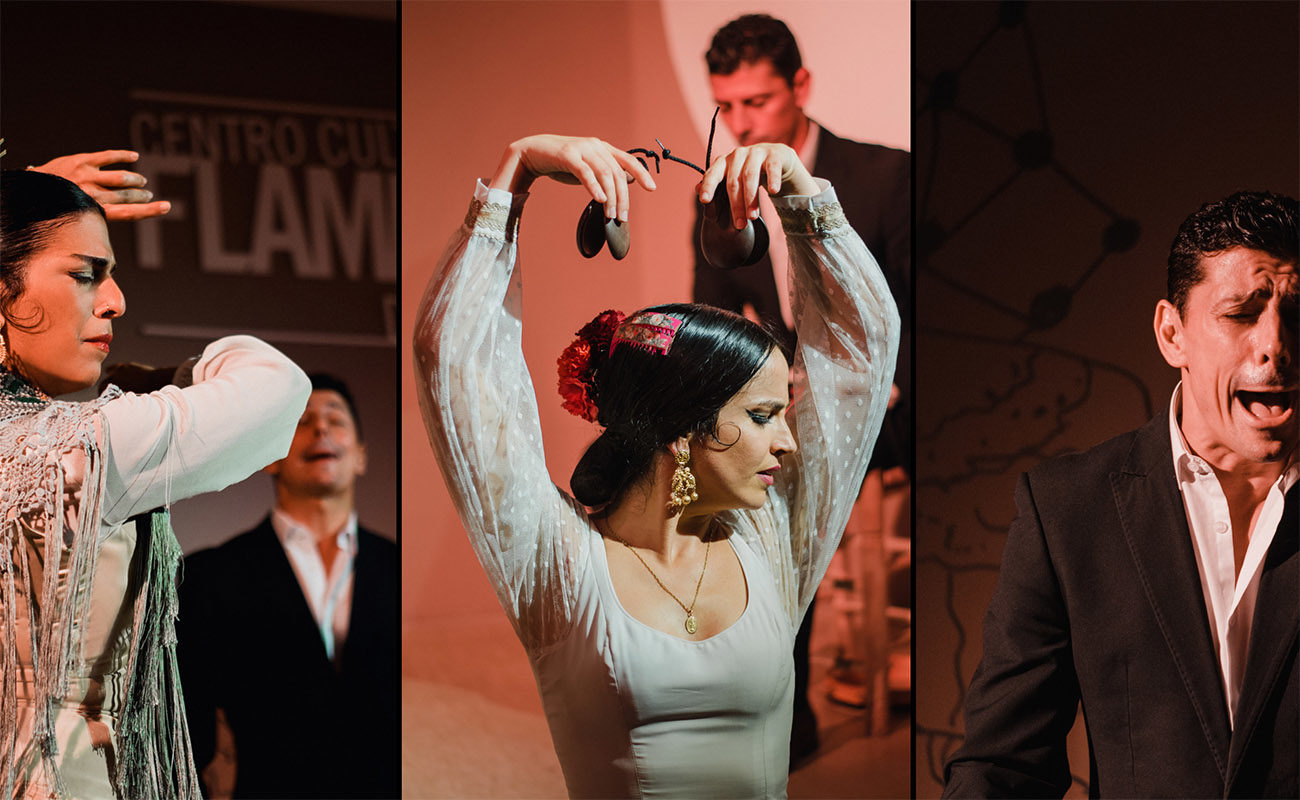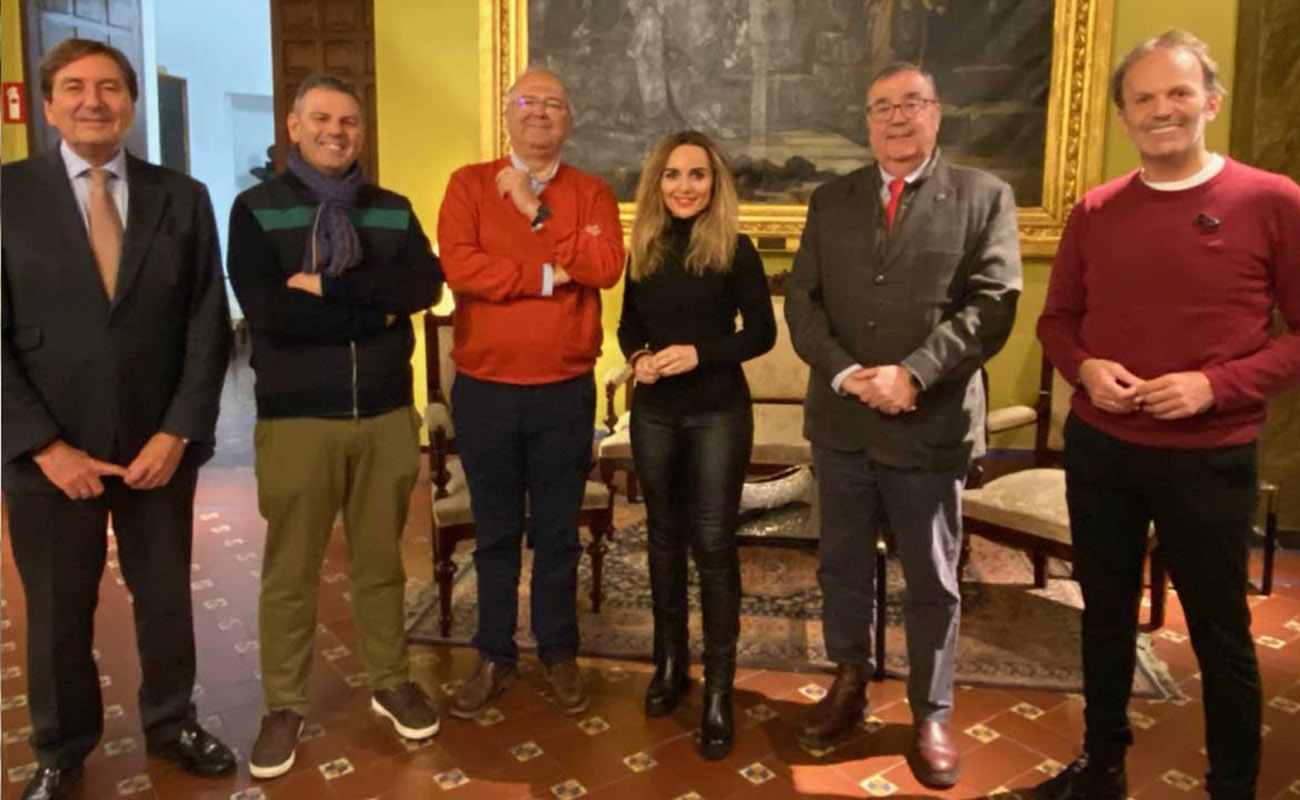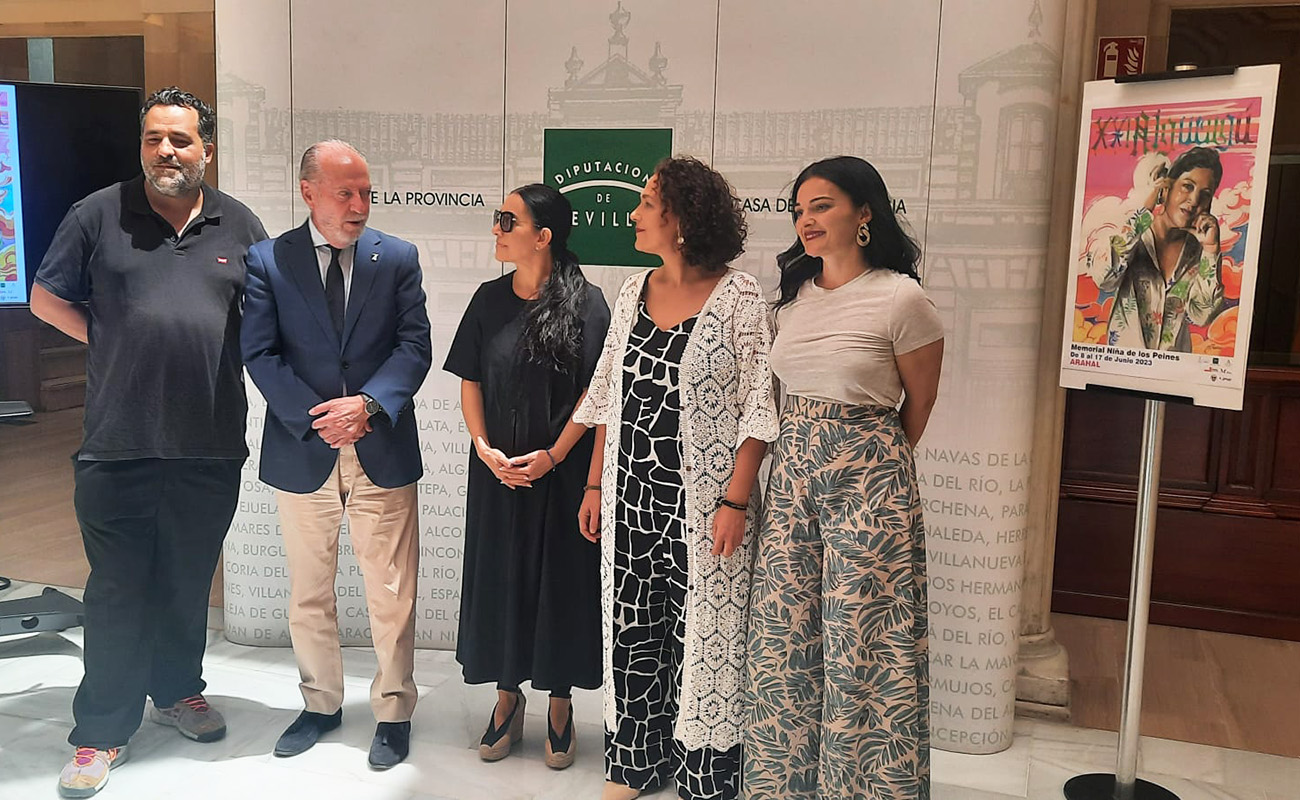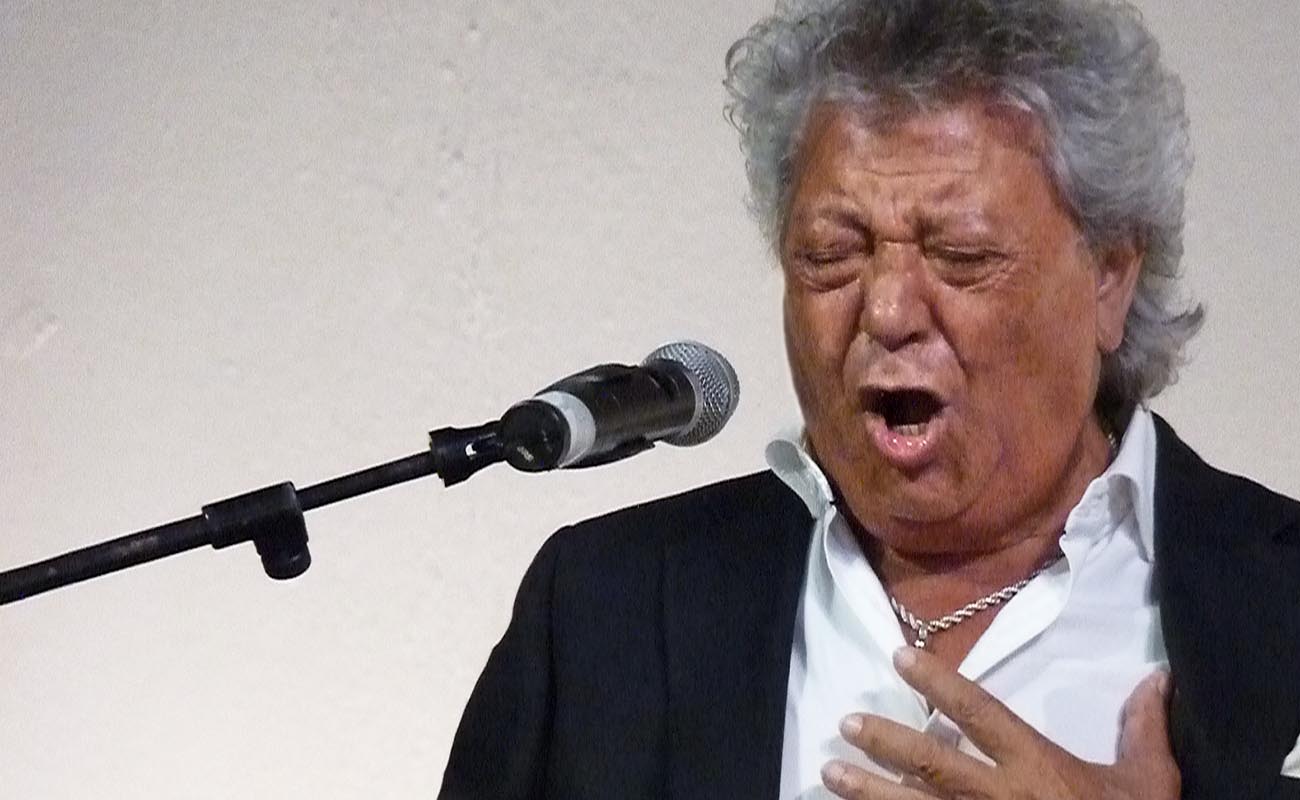The Comeback of Madrid’s Tablaos
With the worst days of the pandemic now behind us, it looks like flamenco is on the rebound in the tablaos of Madrid, with more shows and the reopening of some venues such as Villa Rosa and Café Chinitas (now with new names). The “Tablaos Flamencos in Greater Madrid” brand has also been created.

Flamenco tablaos were dying. At the end of 2020, with the Covid pandemic in full swing, the Spanish National Association of Flamenco Tablaos (ANTFES) was screaming for help to revive the industry. «Flamenco tablaos employ ninety five percent of flamenco artists in Spain. If the tablaos disappear, that ninety five percent of flamenco artists will also disappear», stated on one occasion Juan Manuel del Rey, president of ANTFES.
Two years later, we are starting to see the light at the end of the tunnel. With the worst days of the pandemic now behind us, the public once again seeks culture and live flamenco. That is why many tablaos in Madrid have been reborn from their ashes as we start to see some green shoots of recovery.
The explosion has been somehow unexpected. Alongside the venerable venues, new ones have appeared, as well as spaces featuring different musical genres. Some theatres have also added flamenco to their programs. New ideas and festivals are popping up around flamenco, while an enthusiastic public enjoys flamenco performances in numerous bars and taverns.
The fates of Casa Patas and Candela, two of the most renowned flamenco venues in Madrid, have been heartbreaking. Both had to close permanently. Others, however, have been forced to change their names or to reopen with renewed strength. It must be pointed out how important are tablaos for Madrid’s economy: ANTFES estimates that, before the pandemic, flamenco attracted about 6.8 million foreign tourists every year.
The harshness of this comeback can be illustrated by the fate of a legendary venue: tablao Villa Rosa, the oldest in the world, having opened in 1911. Located at Madrid’s Santa Ana Square, its decorative tiles are part of the city’s heritage. It has been patronized by celebrities such as Ava Gadner and Frank Sinatra. This tablao ended up losing its name, changing it to Tablao Flamenco 1911, «flamenco’s cathedral in Madrid», as stated in their own website.
«It is not surprising that the Council of Culture, Tourism and Sports of the Madrid Autonomous Region and Madrid’s Association of Flamenco Tablaos have signed an agreement of collaboration to promote flamenco in the Spanish capital, as flamenco tablaos have been designated Sites of General Interest by the city in July 2020»
Another clear example of this comeback is Café de Chinitas, which has changed its interior and its name to Tablao de la Villa. It is located in a nineteenth-century palatial mansion and has capacity for one hundred people. Its forebearers, Gonzalo Mendoza and Lorena Arigita, promote it as the temple of authentic flamenco. They have gone a step further, turning the venue into a space for gourmet gastronomy, with chef Alejandro Jaén — Head Chef at Corral de la Morería for eight years — in charge of the stoves.
We cannot forget mentioning other renowned tablaos such as Cardamomo and Torres Bermejas, as well as Corral de la Morería itself, which is regaining its hectic activity and continuing to forge its reputation as one of the best tablaos in the world. Juanma del Rey has replaced his parents, Manuel del Rey and bailaora Bárbara del Rey, as manager of the family business. Camarón de la Isla performed in this stage when he was thirteen years old and Paco de Lucía presented his iconic Entre dos aguas there. The restaurant boasts one Michelin star.
Tablaos Flamencos in Greater Madrid
With a ray of hope, it is not surprising that the Council of Culture, Tourism and Sports of the Madrid Autonomous Region and Madrid’s Association of Flamenco Tablaos have signed an agreement of collaboration to promote flamenco in the Spanish capital, as flamenco tablaos have been designated Sites of General Interest by the city in July 2020.
The agreement involves the creation of the Tablaos flamencos in Greater Madrid brand, highlighting the tourism potential through a digital platform promoting it internationally. This international strategy has been published in the Official Bulletin of the Madrid Autonomous Region (BOCM) and aims to position Madrid as flamenco’s world capital.
This new international brand will have profiles linked to the social networks. It will also have a website, in Spanish and English, with information about flamenco news, leading artists and promotional videos. Madrid’s Government will pay 302,193 euros to the Madrid Association of Flamenco Tablaos on account of the impact of the planned activities. A commission for the control and follow up of the activities and new proposals will also be organized.






